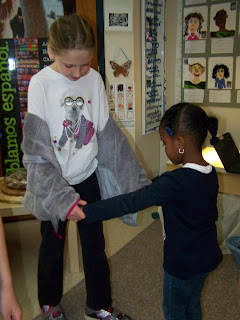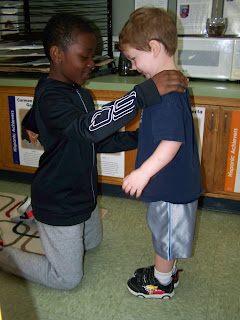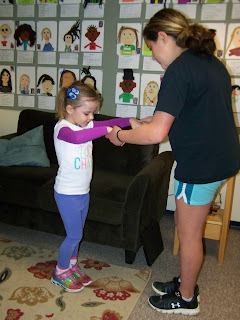First graders were excited as
they created "Monarch and Milkweed Pamphlets" to share at the Nature
Playdate/ECO Fest on Saturday, May 6. Students have been getting
updates on the monarchs spring migration and continue to discuss the importance
of milkweed, the monarchs' only food source!
Recently our class went out to recess
and tried to see if we could find any signs of the milkweed that was planted in
the rain garden last fall. To our surprise, we not only found the few plants
growing in the rain garden, but hundreds of milkweed plants in the meadow/wooded area behind the rain garden. This must be a result of the seeds they scattered
in hopes a few would germinate and grow into the life-saving plant for any
monarchs that may journey through our campus.
For years first graders have scattered
milkweed seeds with this same hope and never one plant has grown. The
difference? After talking with Rasheeda and Rosanne, we think the installation of
the rain garden along with the removal of the invasive thistle plant may have
provided just the right conditions for our milkweed to grow.
We are so excited and hopeful that
this will provide a healthy habitat for the beautiful monarch butterflies!
We will be observing often, looking
for the tiny monarch eggs (one per plant) and monarch caterpillars and of
course, monarch butterflies!
We will be submitting our sightings to JourneyNorth.org where we are also tracking the monarchs' migration.









































